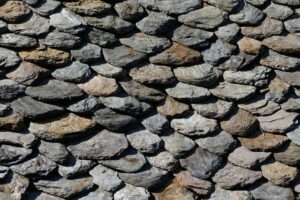Cool roofing systems, leveraging reflective materials like white coatings, revolutionize sustainable building practices by reducing heat absorption and cooling costs. These systems combat the urban heat island effect, maintain lower indoor temperatures, and extend roof lifespans while lowering energy bills for businesses and homeowners. Key trends include advanced cool roof coatings and widespread adoption of white roof systems, driven by growing environmental awareness among architects and builders.
In today’s quest for sustainable and energy-efficient solutions, cool roofing systems are emerging as a game-changer. These highly reflective roofs aren’t just aesthetically pleasing; they significantly reduce heat absorption, lowering cooling costs for both businesses and homes. By understanding how these systems work and exploring the diverse range of materials available, property owners can make informed decisions to enhance energy efficiency. This article delves into the benefits, installation processes, and future trends of cool roofing systems, offering a comprehensive overview for those seeking to navigate this growing market.
- Understanding Cool Roofing Systems: An Overview
- How Reflective Roofs Reduce Heat Absorption
- Benefits of Lower Cooling Costs for Businesses and Homes
- Types of Cool Roofing Materials Available Today
- Installation Process: What to Expect
- Future Trends in Energy-Efficient Roofing
Understanding Cool Roofing Systems: An Overview
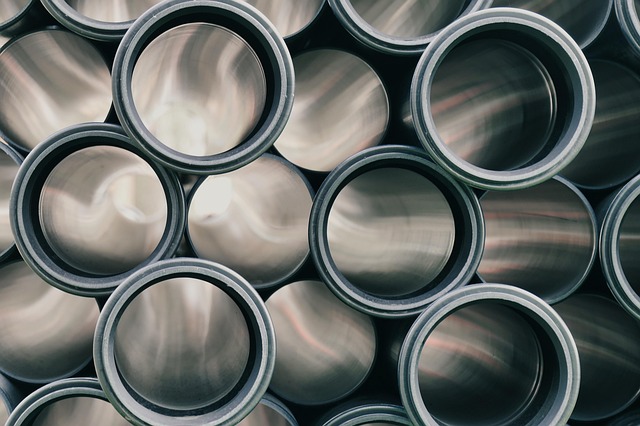
Cool roofing systems have emerged as a game-changer in the realm of sustainable building practices. These innovative solutions are designed to reduce the heat absorption of roofs, thereby lowering cooling costs and minimizing the urban heat island effect. At their core, cool roofing systems leverage reflective roofing materials and technologies that bounce sunlight and heat away from buildings, instead of absorbing it. This is particularly beneficial in regions with hot climates, where rooftop temperatures can soar to extreme levels.
One popular approach within cool roofing is the application of cool roof coatings, which are designed to reflect a significant portion of incident solar radiation. These coatings can be made from materials like white roof systems, offering a highly reflective surface that keeps buildings cooler. By adopting such strategies, architects and builders can contribute to energy efficiency, reduce strain on HVAC systems, and foster a more sustainable built environment.
How Reflective Roofs Reduce Heat Absorption
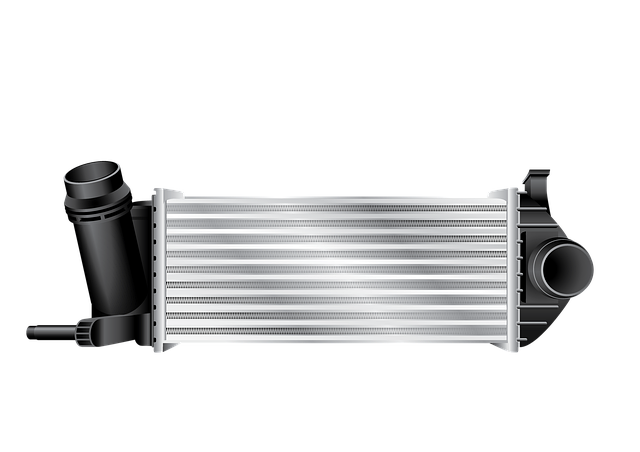
Reflective roofs are designed to bounce sunlight and heat back into the atmosphere, rather than absorbing it. This simple yet effective principle significantly reduces the amount of heat that enters buildings, which is particularly beneficial in warm climates or urban areas experiencing ‘heat islands’ due to high concentrations of dark-colored surfaces. By reflecting a large portion of solar radiation, these roofs help maintain lower indoor temperatures, thereby lowering energy demands for cooling.
One of the primary ways reflective roofing achieves this is through specialized cool roof coatings that sit on top of traditional roofing materials. These coatings are typically white or light-colored, which maximizes their ability to reflect sunlight. In addition to reducing heat absorption, they also provide insulation benefits by minimizing temperature transfer from the sun’s rays into the building structure, further contributing to energy efficiency and lower cooling costs over time.
Benefits of Lower Cooling Costs for Businesses and Homes
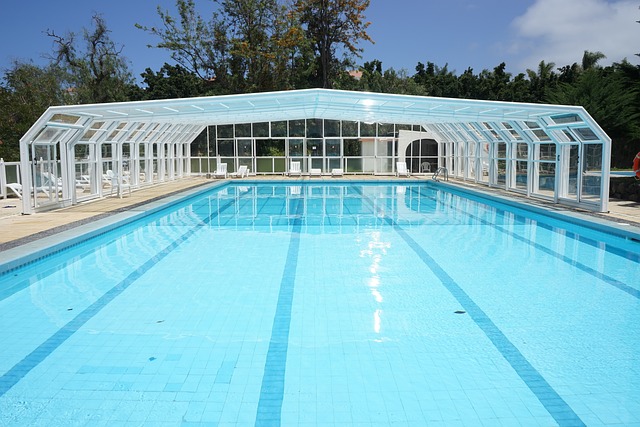
The implementation of cool roofing systems, whether it’s through reflective roofing materials or white roof systems, brings about a significant shift in energy efficiency for both commercial and residential properties. By lowering heat absorption, these innovative solutions directly translate into substantial savings on cooling costs. For businesses, this means reduced operational expenses and improved cash flow, especially in regions with extreme climates.
Reflective roof coatings further enhance the benefits by providing an extra layer of protection against UV rays and heat transfer. This not only extends the lifespan of the roof but also creates a comfortable indoor environment without relying heavily on air conditioning units. As a result, homeowners can enjoy lower energy bills and contribute to a more sustainable lifestyle.
Types of Cool Roofing Materials Available Today
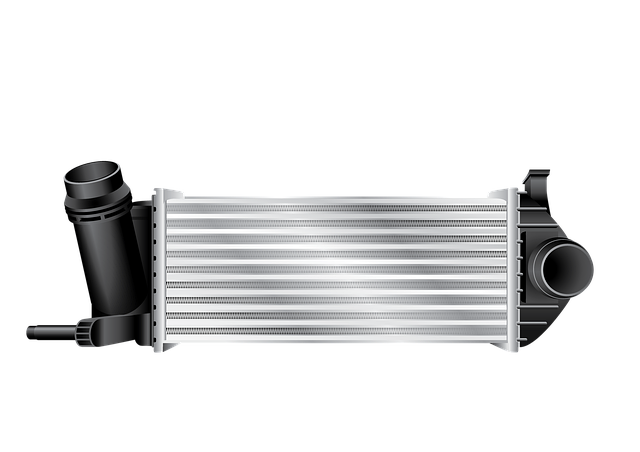
The market for cool roofing systems has seen a significant evolution, offering a range of innovative materials designed to mitigate heat absorption and reduce cooling costs. One of the most common types is reflective roofing, which uses special pigments or coatings to bounce sunlight away from the building’s surface. These white roof systems are highly effective in hot climates, helping to lower interior temperatures and reducing the strain on HVAC systems.
Another popular option is cool roof coating, a thin layer applied over traditional roofs to reflect heat. These coatings are versatile and can be used on various surfaces, including metal, asphalt, and concrete. By choosing reflective roofing or incorporating a cool roof coating, buildings can enjoy improved energy efficiency, longer roof lifespans, and reduced environmental impact, making them smarter and more sustainable choices in today’s market.
Installation Process: What to Expect

The installation process for reflective roofs, or cool roofing systems, involves several key steps designed to maximize their effectiveness in reducing heat absorption and lowering cooling costs. First, a thorough inspection is conducted to ensure the roof structure is sound and prepared for the new coating. This may include repairs to sealants, replacements of damaged shingles, or ensuring proper ventilation to maintain optimal performance.
Once ready, professionals apply a cool roof coating, often made from reflective materials like white or light-colored asphalts or polymers. These coatings are designed to reflect sunlight and dissipate heat efficiently, creating a cooler surface that can significantly reduce the building’s interior temperature. After application, the coating is allowed to cure properly, usually within 24 to 48 hours, depending on environmental conditions. This step ensures long-lasting protection against heat transfer and UV radiation.
Future Trends in Energy-Efficient Roofing

As technology advances, the future of energy-efficient roofing appears promising with an increasing focus on cool roofing systems. These innovative solutions are designed to mitigate the urban heat island effect by reflecting a significant portion of sunlight, thereby reducing the amount of heat absorbed by buildings. One prominent trend is the integration of advanced cool roof coatings that not only enhance reflectivity but also improve thermal insulation properties. These coatings can be applied to various roofing materials, making them accessible and adaptable to different construction needs.
Additionally, white roof systems are gaining traction as a sustainable alternative. The use of reflective, light-colored surfaces has been proven to lower cooling costs and extend the lifespan of roofs. With growing environmental consciousness, architects and builders are embracing these reflective roofing solutions not only for their energy-saving capabilities but also for their contribution to creating more eco-friendly urban environments.
